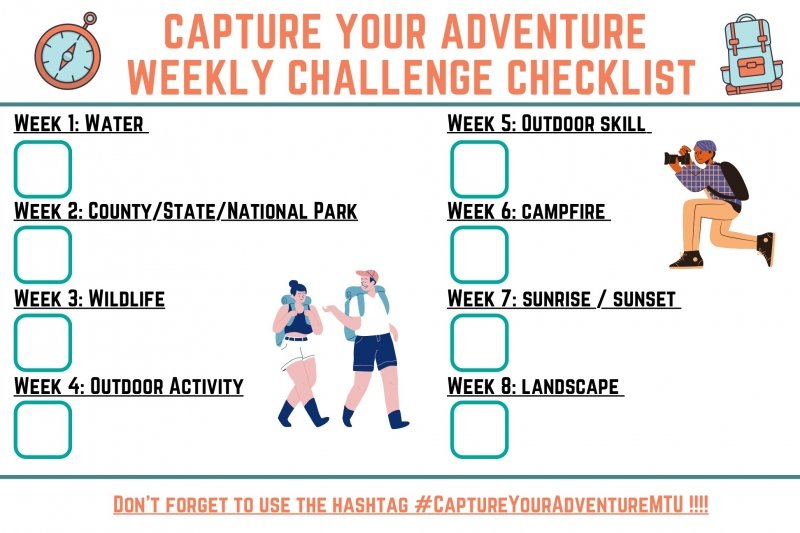To kick off our first week of #captureyouradventuremtu, the theme was water. Students posted pictures relating to water all across the country, from Puget Sound to the shores of Lake Superior.
To go with the theme of water our spotlight of the week was to focus on the U.S. Coast Guard Portage. This crew posts a lot of great graphics and videos about water safety. The graphic we shared from them on our socials can be found below. More information on the coast guard and the duties and services they offer, can be found on their website.



